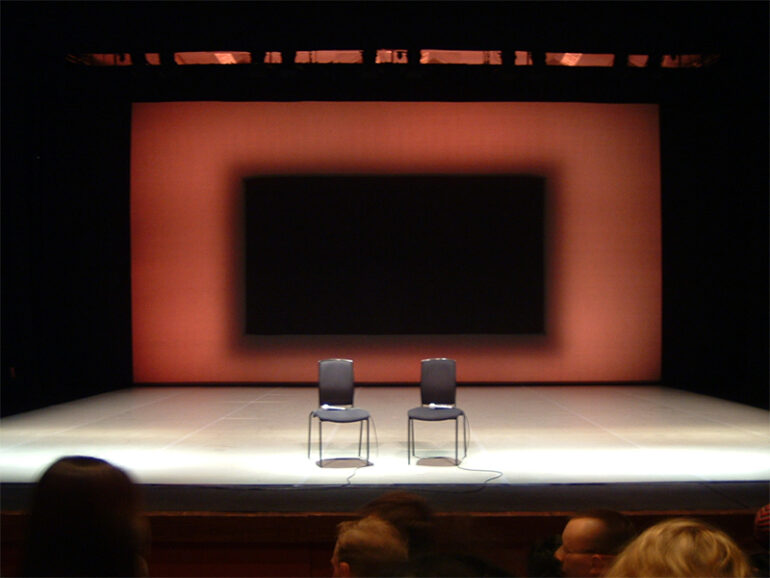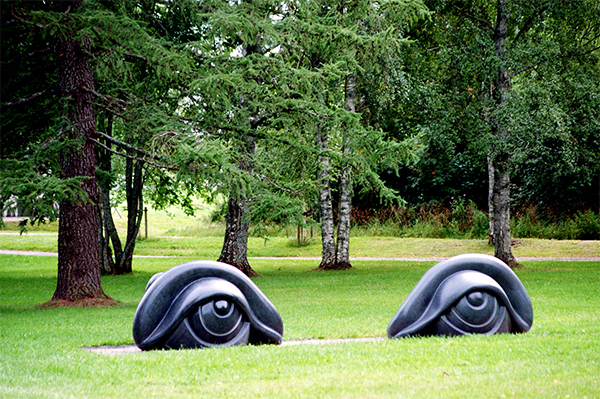Tactile and sensory experiences in art allow for in-depth exploration and personal expression beyond visual limitations. Embossing and sculpting provide inclusive, tactile art that is widely accessible. Case studies of artists such as Anish Kapoor demonstrate how tactile elements are altering traditional art while maintaining its universality as a language. Multisensory engagement makes art inclusive and universal, inspiring people of all backgrounds.
The Importance of Tactile and Sensory Experiences in Art
It opens an avenue to plunge into the tactile and sensory experiences of the art world and fathom the same. It made it possible for people to relate with artistic creations at a deeper level, going beyond the visual, by becoming touchable to get emotions and personal interpretations. This approach is valuable not only because it brings enrichment to the experiences of art but also for the sake of inclusivity. It allows for a variation in the perceptive capabilities of peoples, hence even raising the standards of accessibility and the art world in general.
Techniques for Creating Art Beyond Sight
The artists use a broad category of approaches to appeal to the non-visual senses. From surface textures to fine pattern work, the artist assumes control and manipulation of every tactile element in works. All of this is carried out in work to give real experience for the visually impaired. So, works of art are materialized through the use of embossing, sculpture, and braille inscriptions that make the viewer cross visual borders and incite an approach towards artistic appreciation through touch and sense of perception, offering a new experience of art to all.
Case Studies: Artists and Artworks Emphasizing Tactile and Sensory Elements
Case studies with artists and their work focusing on tactile and sensory features yield a rich tapestry of creative expression. World-renowned artists such as Anish Kapoor and Louise Bourgeois have masterly used textures and forms to invite viewers to engage through touch and further incorporate viewers beyond visual means. Their innovative approaches redefine the limits of traditional art and make it possible for the public to have an intimate dialogue with the work itself through tactile and sensorial dimensions of the creative experience.
Enhancing Accessibility and Inclusivity in the Art World
In other words, promoting accessibility and inclusivity in the world of arts by integrating tactile and sensory experiences could be one of the guarantees for a more diverse and therefore enriched cultural landscape. This way, focusing on the meaning of multisensory, art institutions and artists can create engaging spaces where all people feel invited and all have the possibility to participate, having different abilities facing the world of artistic expressions. This helps not only to spread appreciation of art but underlines the importance of varying sensory needs, so that all may come to know art as a universal language that speaks to all.
Incorporating tactile and sensory experiences in art is not only noble for art but also sets in motion inclusivity and access within the realms of art. Artists and art institutions operate across visual boundaries and encourage multi-sensory engagement to accommodate various kinds of audience seeking a profound experience with art. These are actually some of the innovations in techniques, or more precisely, the definitions of traditional art boundaries with a focus on tactile elements and an emphasis on the universal language that touches every individual, despite being able to sense or not.
Photo Attribution:
1st & featured image by https://commons.wikimedia.org/wiki/Category:Anish_Kapoor#/media/File:Kaash_backdrop_(10242476).jpg
2nd image by https://commons.wikimedia.org/wiki/Category:Louise_Bourgeois#/media/File:Eye_benches_II.jpg

